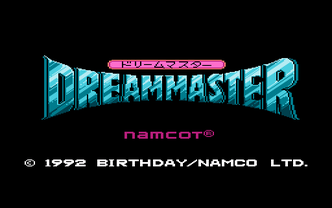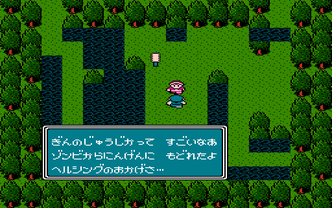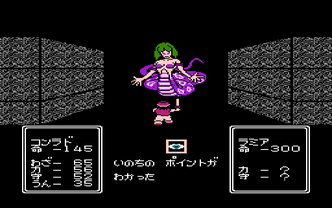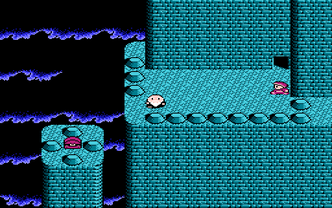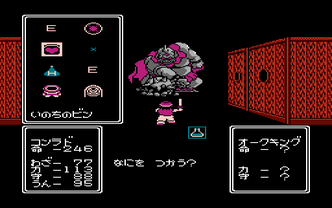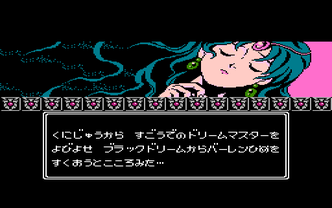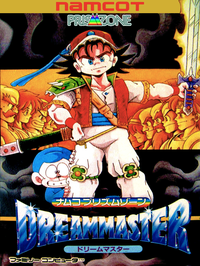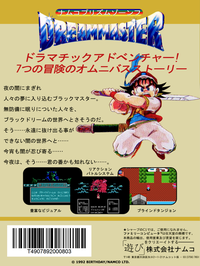Navigation:
Dream Master Nintendo
Dream Master is a Role-Playing game, developed by Birthday and published by Namco, which was released in Japan in 1992.
Peace and harmony in the kingdom of Oltaria come to an end when an evil old man known as the Black Master seizes the soul of King Akinas’ young and beautiful daughter. The sixteen-year-old princess (whom you get to name) is drawn into the Black Dream, a world of nightmares crafted by the evil wizard. Profoundly grieving over the ill fate of his only daughter (a neverending sleep destined to end in death), the king gathers the best “dream masters” from all over the country: wizards with funny names like Krikka and Jaja who are able to go deep into the soul of people to bring them peace. However, of all dream masters who attempt to save the princess, nobody is able to return. As the young pupil of the most powerful dream master of the kingdom, the “mugenroushi” (the Sage of Dreams), too old and weak to handle the problem himself, you are the last hope to venture into the Black Dream and save the princess, defeat the Black Master and bring back the other masters kept prisoners within the nightmare world.
While at first glance Dream Master could simply be classified as a JRPG, its gameplay is in fact rather atypical and features puzzle, adventure and action elements. As explained in the initial chapters by the Sage of Dreams himself, rooms in the nightmare world are engulfed by a magic mist, so that you cannot see the walls, items or enemies inhabiting the Black Dream. These blind dungeons mostly consist of single-screen areas seen from above, whose tiles reveal as you walk into them; bumping into walls consumes energy points, yet there is no way to determine whether the tile you’re going to uncover will contain a wall or not, so it’s a matter of chance most of the time (there are cases where you can assume the room has some sort of symmetry, which you can exploit to keep collisions to a minimum). Not all the rooms are completely covered by the dark haze, and treasure boxes are usually clearly visible, since they emanate a pulsating light beneath the fog. Monsters are completely hidden, but their presence is signaled within 2-3 blocks by a rustling (“gasagasa”) sound, and at times their actual position is revealed by a short-lived sprite of a small flame. Monsters do actually move around so it can be difficult to avoid them completely (not that you’d actually try to do that). Likewise, traps (of the pitfall type) are signaled by a blowing (“hyuuhyuu”) sound. Spread across the rooms in the dream world are various items, including door keys, potions and special combat items, yet your limited inventory will allow you to carry only eight objects at a time. Luckily, you’re given the option to drop items and retrieve them later on should the need arise. Some of the items found in the dungeons are necessary for the story to unfold and are needed for various inventory-type puzzles.
